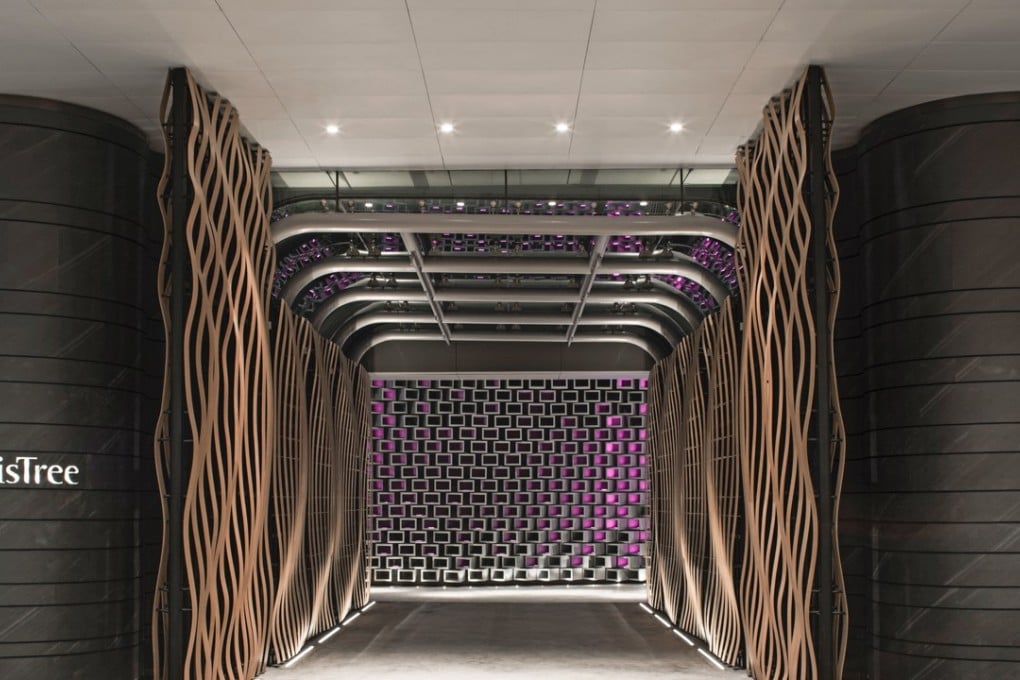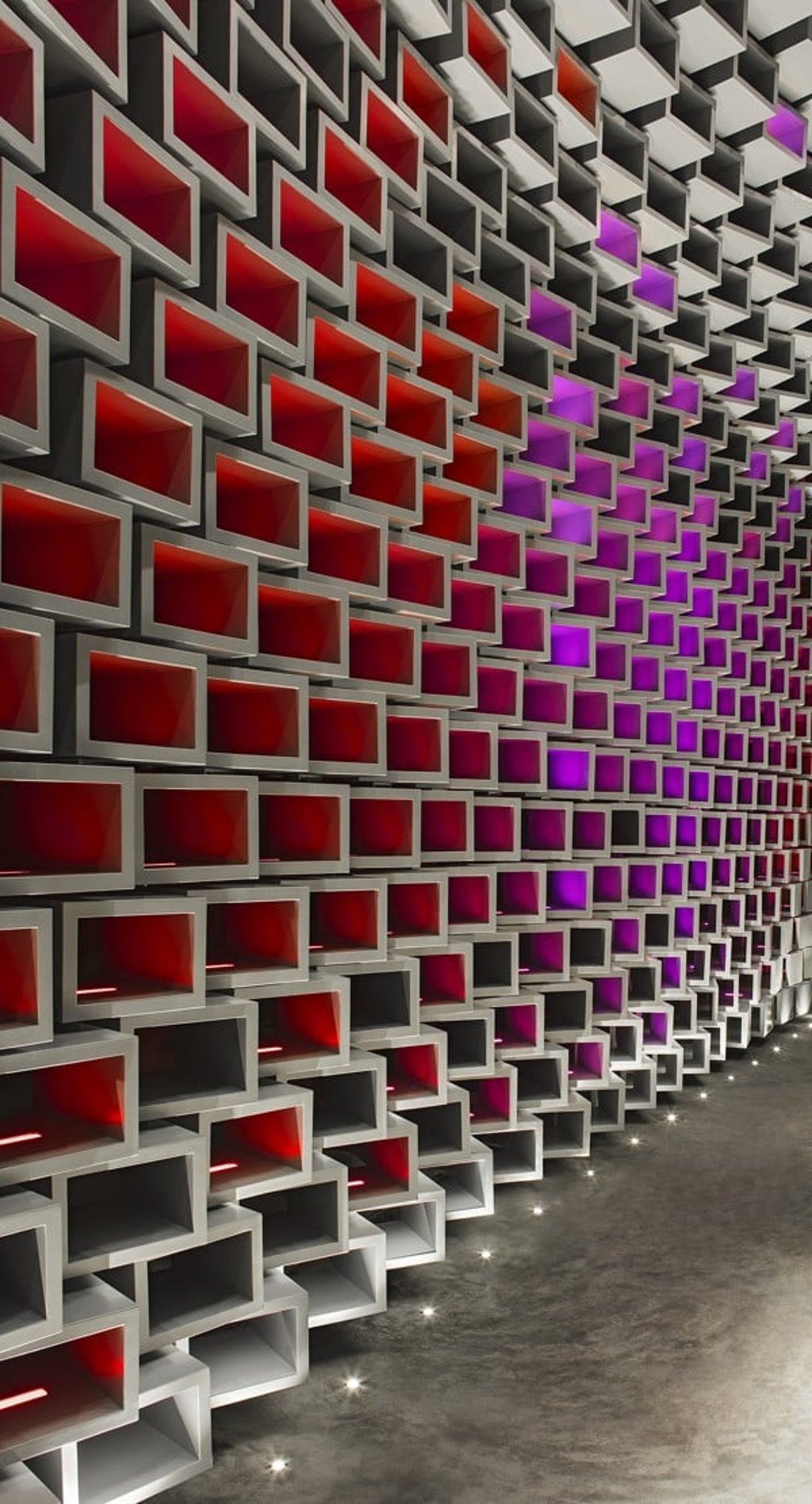Swire’s reopened art space in Taikoo Place – an “open box” to capture motion
ArtisTree in Taikoo Place has been reopened with a scaled-down area and a new architectural language

In early June, Swire Properties reopened its ArtisTree arts and cultural initiative that forms a key element of the company’s Grade-A office development at Taikoo Place.
The original ArtisTree opened, to much fanfare, in 2008 with the travelling exhibition Vivienne Westwood: A Life in Fashion, which set the seal on the 20,000-square-foot space as a platform for world-class exhibitions.
The reimagined ArtisTree, housed in a new location, is significantly smaller, at 7,000 sq ft, yet more architecturally considered and imposing space and has changed the focus and scope of the initiative, says architect Frank Leung, principal of via.

“It’s an open box,” says Leung, of the new space, which has its entrance on the main concourse of Cambridge House.
Touching on the conceptual themes of movement, ArtisTree links to the concourse with a rippling gate made of aluminium wrapped in timber.